Summary
of Geology:
Extensive volcanicity
took place in Carboniferous times (ca. 350 Ma) in the North Berwick
district, with numerous deeply eroded vents to be found east of the
town including Partan Craig and the Horseshoe vent. Sheets
of lava and ash make up the Garleton Hills and are well displayed on
the coast further north.
Considerable thicknesses of poorly sorted
volcanic ash - , containing large lumps of sedimentary material ripped
from the sides of the volcanoes - were deposited after
each eruption, to be followed by sheets of low viscosity basalt lava. |
|
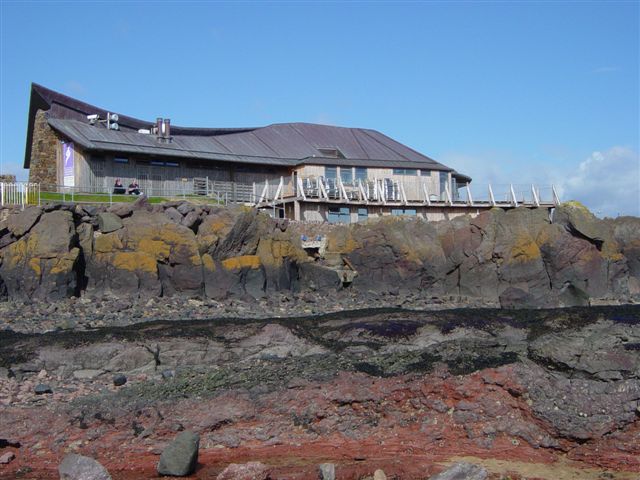 |
The Scottish Seabird Centre rests on a carboniferous lava flow, about
4 metres thick. Below is volcanic ash, here red in colour, but
green in colour further to the east. |
|
|
|
|
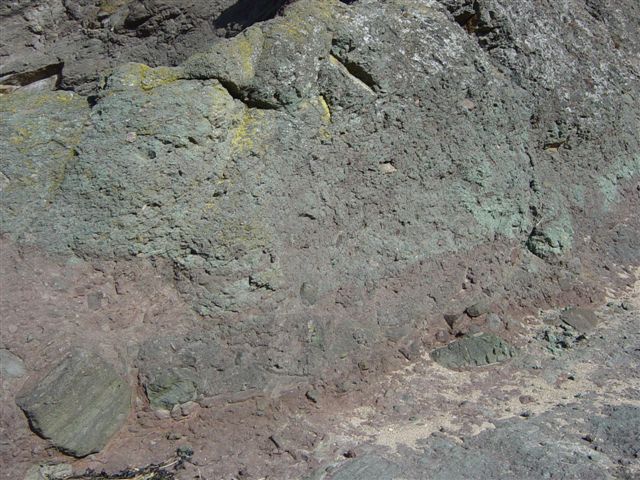 |
Green volcanic ash, poorly sorted, with sedimentary material showing layering. |
|
|
|
|
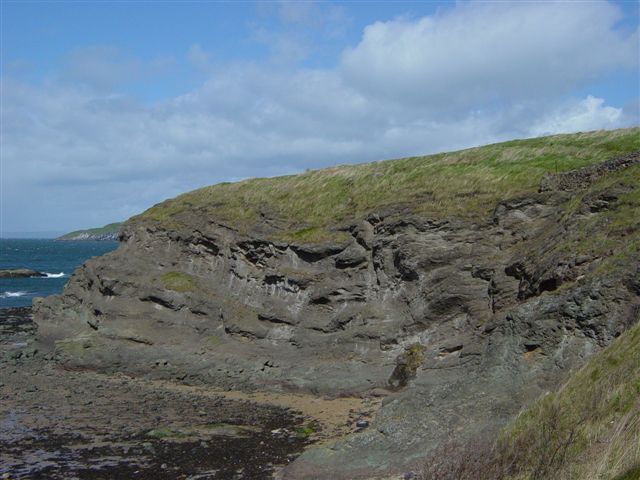 |
The Parton Craig vent; basalt and agglomerate. After cooling, the central part shrank and collapsed. |
|
|
|
|
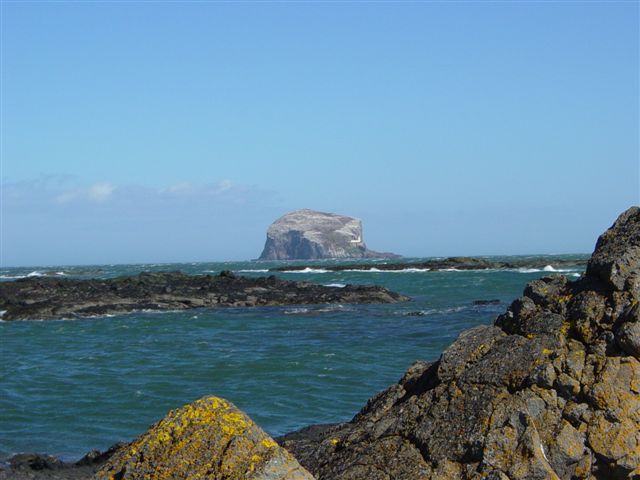 |
Bass Rock - a carboniferous intrusion. |
|
|
|
|
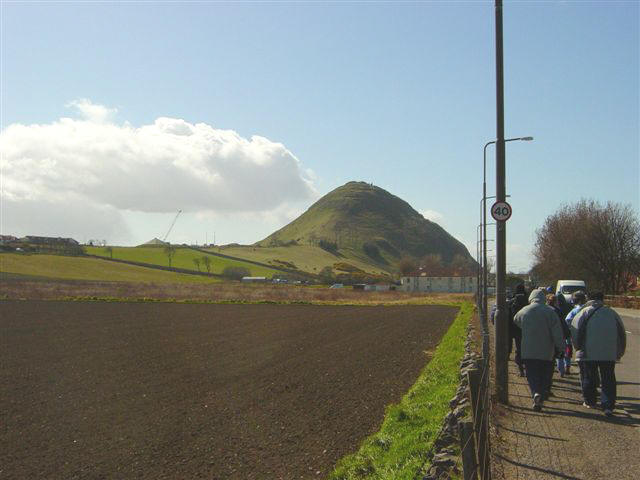 |
North Berwick Law, a
volcanic plug filled with basalt and agglomerate. Recent glacial
erosion has left the tail at left, indicating ice movement in that direction - i.e. towards the east. |
|
TOP |
NEXT FIELD TRIP > |
|
|
|
|
|
|
|
|
|
|